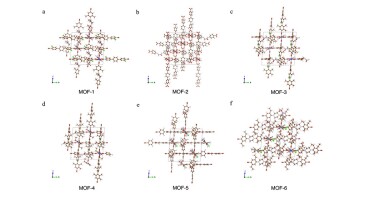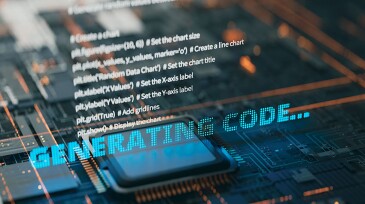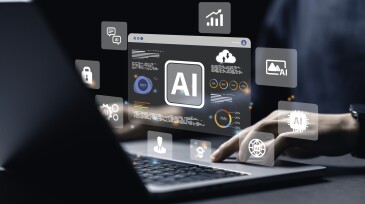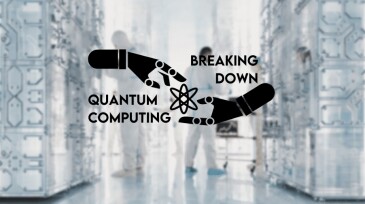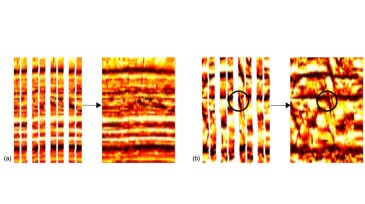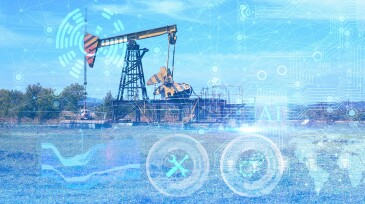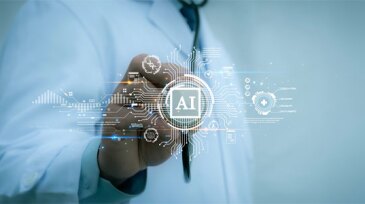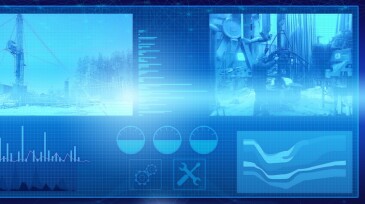artificial intelligence
-
Artificial intelligence is increasingly being used to assist in the development of materials, including metal-organic frameworks (MOFs), to advance carbon capture technologies. Researchers assembled more than 120,000 new MOF candidates within 30 minutes.
-
Early adopters of large language models praise the technology’s promise to advance upstream research and software development while also offering cautionary notes.
-
SEG and SPE join forces to offer access to a robust research portal that harnesses the power of AI and ML.
-
This article explores the effect of quantum computing on data science and AI, looking at the fundamental concepts of quantum computing and the key terms used in the field. It also covers the challenges that lie ahead for quantum computing and how they can be overcome.
-
The authors of this paper propose an artificial-intelligence-assisted work flow that uses machine-learning techniques to identify sweet spots in carbonate reservoirs.
-
Edge computing is propelling computer vision into a new era, catalyzing the development of smart devices, intelligent systems, and immersive experiences.
-
Oil and gas is one of the most hazardous industries to work in. It is also an industry undergoing a revolutionary digital transformation. With changes come challenges and new opportunities. This paper looks at the top digital safety trends that are taking place within the industry.
-
By incorporating AI-powered solutions, companies can tailor wellness plans to cater to the diverse needs of their workforce, fostering a more inclusive and supportive environment.
-
Investigation into cybermonitoring of industrial control and operating systems used to detect cyberattacks and discern different types of attacks, with the intent to develop risk-based cybersecurity solutions.
-
This project aimed to identify and report occupational risks on an offshore drilling rig and save reporting and evaluation time by creating AI-generated dashboards.

